I’ve heard others state that “Another Thin Man” is good but not *as* good as the first two Thin Man films. Some of this may be because this film is in many ways different from the first two and as a result may fail to meet the expectations of some who view the films in order.
Some individual elements of “The Thin Man” may be stronger. However, as a stand-alone entity “Another Thin Man” it is the most entertaining film in the series and arguably has the most depth. This film succeeds with its dialog and its visuals, with its humor and its intrigue, and Powell and Loy are at their bantering best.
Watching the previous films is in no way a prerequisite for understanding and enjoying “Another Thin Man.” If you’ve never seen a Thin Man feature, watch this one first.

William Powell
Portraying a peaceful weekend with the Charles

Author: Gary170459 from Derby, UK
29 May 2006
I hadn’t seen this one before, probably the thought of the Charles’ with a baby tagging along worried me. But although he formed a double act with Asta for the first half by the time the plot went into overdrive he was virtually ditched. And I’ve not come across this Hammett story, but with the comedy turned up to maximum there is so much going on in here I’m amazed it all got squeezed into 98 minutes. The complete box-set print is absolutely pristine and gleamingly atmospheric as was only achievable with nitrate stock.

The plot you can liken to a game of keeping a ball in the air, the members of the cast who let it drop to the ground get murdered. It’s impossible to explain the complexities of it all – in short Nick’s trying to prevent a murder, then trying to catch the murderer – from a dizzying array of suspects. This is Red Herring City, right up to the very end when Nick unmasked the surprise murderer and even the housekeeper’s motives are explained in a dismissive sentence – but not corroborated. If you want to work out whodunnit for yourself my advice is keep a very open mind! If you don’t like whodunnits at all watch this solely for the astonishing dance routine by Rene & Estela – Fred & Ginger were awkward in comparison!
I’m going to have to watch this again, soon and sober to tie up some of the threads I lost along the way. I noticed Nick hardly drank at all in here – was that Hays Office pressure? All in all not quite as good as the first two but still one Hell of a ride!

Myrna Loy
The last ‘good’ outing for the Charles’

Author: Scaramouche2004 from Coventry, England
4 October 2005
After the monumental success of The Thin Man (1934) and After The Thin(1936), William Powell and Myrna Loy reprise their roles as the movies most beloved and celebrated husband and wife super sleuths.
In their third mystery, Another Thin Man, Nick and Nora Charles with the newly arrived Nick Jnr, find themselves drawn into a web of intrigue and murder while visiting an old family friend in Long Island.
The friend is the aged and stuffy Col. MacFay (C. Aubrey Smith) who is being threatened, blackmailed and terrorised by ex-employee Phil Church (Sheldon Leonard).

C. Aubrey Smith
When MacFay is murdered in the night, Church becomes the prime suspect, but the affable, scotch swigging Nick Charles believes otherwise. He intends to prove this by once again coming out of retirement and investigating the case as only he knows how.
All the great Thin Man ingredients are here, the suspense, the mystery, the romance, and above all the comedy as Powell and Loy, one of cinemas most frequently paired and enjoyable double acts once again spar off each other to perfection. Its plain to see why their films were so popular. Never before or since has Hollywood seen such a perfectly matched comedy partnership.
Suspects in this murder include Otto Kruger, Nat Pendleton, Tom Neal, Virginia Gray, Patric Knowles, Abner Biberman and Don Costello, and in a typical Thin Man ending, Nick gathers them together to pick out his man.

Ruth Hussey
This movie maintains the wit and humour of the first two offerings, and Powell and Loy’s screen chemistry is never better. All in all, a great addition to the series and one in keeping with two previous movies, but alas all good things must end.
It was plain to see, that with the obvious war clouds looming, Nick and Nora’s sophisticated banter and well-to-do lifestyle would soon be out of touch and out of date with the difficult times that lay ahead. In point of fact I believe that when we watch this film, we are witnessing the last true great Thin Man film to be made.
The series struggled on through three more disappointing efforts, before ultimately being laid to rest, and I think the reason for their failure was purely down to changing times and attitudes. In the next two films Nick and Nora live in a modest flat, and references to their vast fortune, have been sensitively toned down if not obliterated as a nod to a sombre, struggling and rationed war-time audience.

However the public could not accept The Charles family in a mediocre fashion so the films suffered as a result from the gesture.
By the time the final film, Song of the Thin Man was made in 1947, and with the war still fresh in the publics mind it was too late to bring back the humour and attitudes of the prosperous and carefree days of the late 1930’s and the Charles’ had irreparably lost touch with their audience.
Luckily we still have the first three movies to show us what a true screwball comedy mystery should be, and why William Powell and Myrna Loy will always be remembered as two of the greatest.

Whether it’s solving a murder or sipping a Bacardi, Nick and Nora Charles are excellent company

Author: Terrell-4 from San Antonio, Texas
7 January 2007
When a movie begins with C. Aubrey Smith, that craggy paragon of old-fashioned values, beaten, shot and stabbed to death and then finishes with Shemp Howard, one of the Stooges, dandling a baby, you might believe you’re in some odd alternate universe. In a way, you are, but the universe is the world of Nick and Nora Charles and the movie is Another Thin Man. It’s the third film William Powell and Myrna Loy made about the debonaire amateur sleuth and his wealthy wife. If it doesn’t quite reach the heights of witty sophistication of the first two, it’ll do.
Nick and Nora, together with their new baby and Asta, are at the Long Island estate of the aging and imperious Burr MacFay (Smith), the partner of Nora’s father before her father died. He’s a financial wizard who still manages much of Nora’s wealth…and he believes he’s a man under a death threat. Within hours of their arrival, late at night, a fire starts in the ornate bath house, a fuse apparently blows taking out all the lights, the huge dog of the house is found killed…and MacFay is discovered shot, beaten and stabbed. Yet everyone seems to have an alibi. And what a bunch there is: MacFay’s adopted daughter, Lois MacFay; Dudley Horn, the man she plans to marry who seems to love her money as much as he says he loves her; Freddie Coleman, MacFay’s young, baby-faced secretary who is smitten with Lois; Mrs. Bellam, the curiously uncurious housekeeper; and Dorothy Waters, the nanny Nora engaged to help look after Nickie, Jr., who suddenly disappears. Those are the ones in the mansion. Lurking outside is a former employee of MacFay, Phil Church, who went to prison and now has schemes to cash in; his girl friend, his loyal goon and a slow-speaking piece of muscle who wears thick glasses.

Virginia Grey
Nick and Nora head back to New York as soon as they can, but the mystery and the threats follow them. It takes a visit to the apartment of a woman no one seems to have met and some clever thinking before Nick brings everyone together in the Charles’ hotel apartment where the ruthless murderer is exposed. Even that is complicated by Nickie, Jr.’s boithday party thrown by some of Nick’s disreputable acquaintances and their kids.
In the meantime, we get to enjoy the imperturbable, affectionate and wittily ironic relationship between Nick and Nora, and delight in the expert playing of William Powell and Myrna Loy. Nick and Nora, especially Nick, enjoys his martinis and scotch, but this time around it’s a little less obvious and a little more fun. “A Bacardi,” says Nick to the waiter in a Latin nightclub.
 He glances over at Nora and adds, “Two Bacardis.” Says Nora with a straight face to the waiter, “I’ll have the same.” The waiter brings four Bacardis. The mystery is complicated and, in my view, a little too much time is spend on it at the expense of time with the two of them. Still, the movie’s extended nightclub scene shows just how witty, light and affectionate Powell and Loy could be when they had enough time to work their characters together. They made 14 movies together over 20 years, including the six in the Thin Man series. Individually or together, Powell and Loy were class acts.
He glances over at Nora and adds, “Two Bacardis.” Says Nora with a straight face to the waiter, “I’ll have the same.” The waiter brings four Bacardis. The mystery is complicated and, in my view, a little too much time is spend on it at the expense of time with the two of them. Still, the movie’s extended nightclub scene shows just how witty, light and affectionate Powell and Loy could be when they had enough time to work their characters together. They made 14 movies together over 20 years, including the six in the Thin Man series. Individually or together, Powell and Loy were class acts.
And yes, Shemp Howard really is there. So’s a chest-thumping Marjorie Main.

Best of the Best
Author: Brent Trafton from Long Beach, CA
29 January 2001
This is my favorite of the Thin Man series, although Shadow of the Thin Man and the original Thin Man are also very good. This is the only one of the sequels that uses a story from Dashiell Hammett. The story isn’t quite as complicated as the original, which is why I liked it more than the original. This movie is what movies should be. It is built around characters and a story, something that is lacking in many of today’s films. William Powell and Myrna Loy have a magical chemistry that could not have been manufactured by some studio executive. Although Nick is the detective, Nora and Asta provide invaluable assistance along with plenty of laughs. No matter how many times I see these movies, I still think they are funny. Don’t wait for these movies to show up on television, because they rarely do. Don’t waste your money renting them, because you will want to see them again and again. I bought the whole set, and while I can’t really recommend the Song of the Thin Man or the Thin Man Goes Home, the others are all really good and Another Thin Man would be the one I would choose as my very favorite!

Nat Pendleton
Wonderful Latin Dancing

Author: vada_rudolph from Bradenton, Forida
11 February 2008
I’ve enjoyed all the Thin Man movies over and over, although the first is my favorite. But my favorite part of this movie is the gorgeous Latin dance show a the India Club. I am mesmerized by the elegant and smooth dance performance which I understand from an earlier comment was done by Carmen D’Antonio and Miguel Fernandez Mila. It is a marvel to watch and I always look forward to this part of the movie. What a shame that, in those days, such gorgeous artistry could be “uncredited.”
I also enjoy the Nora’s dance with the gigolo. The whole India Club business is quite funny and entirely in the spirit of the Thin Man series.




![]()

![]()

































































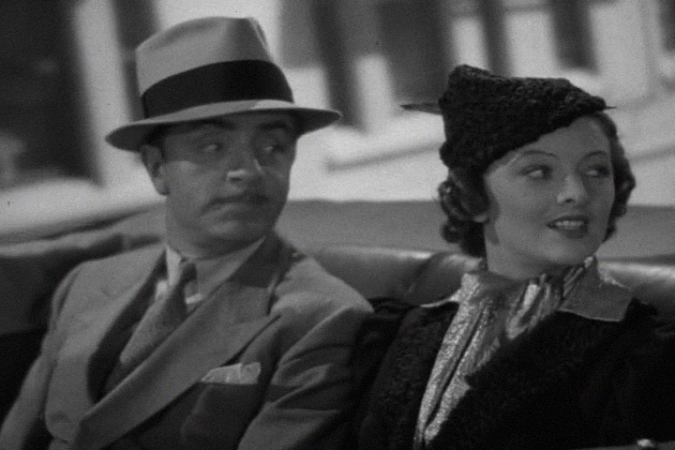
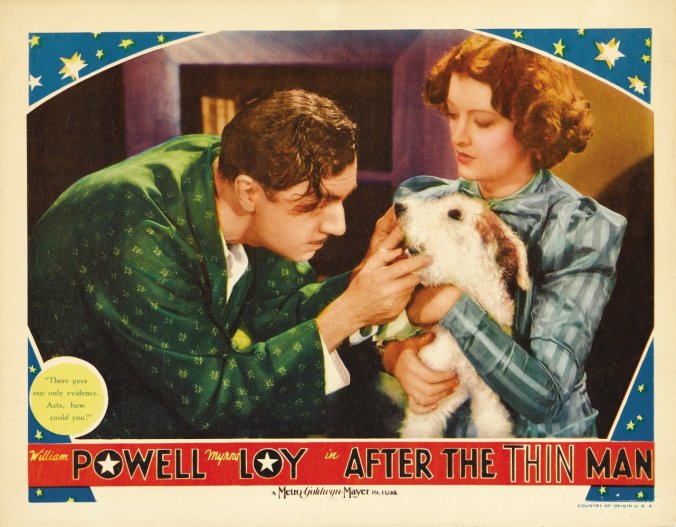
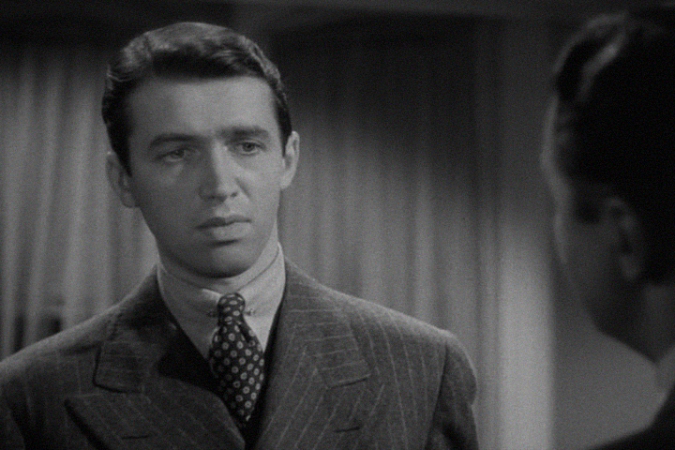
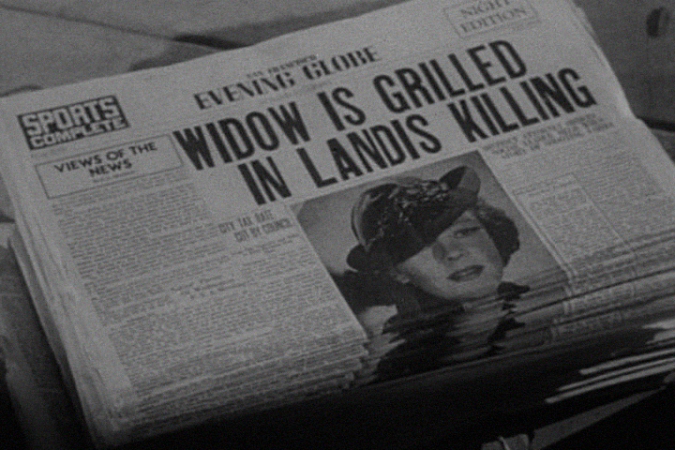
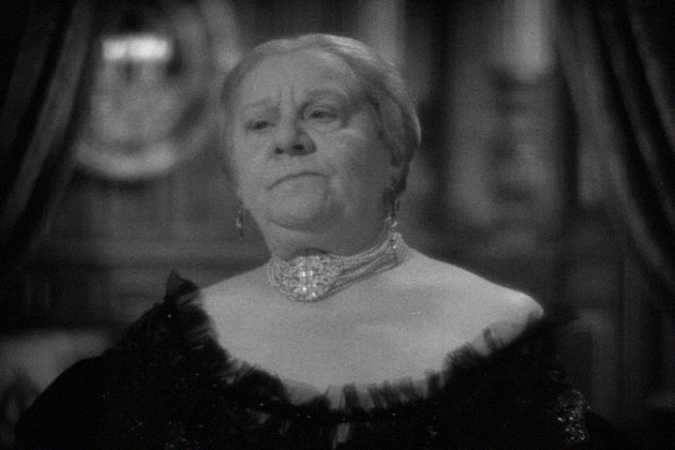
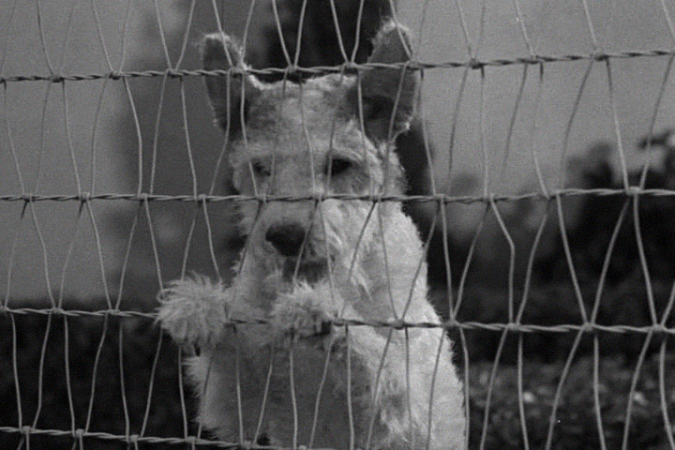
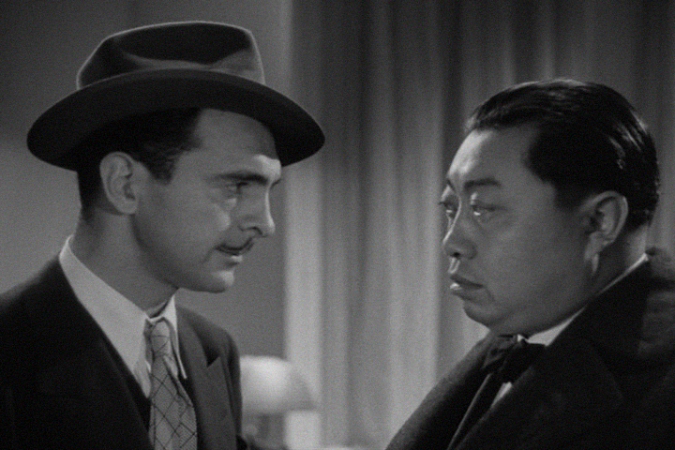
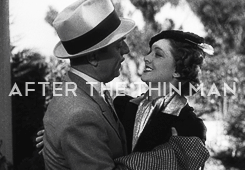
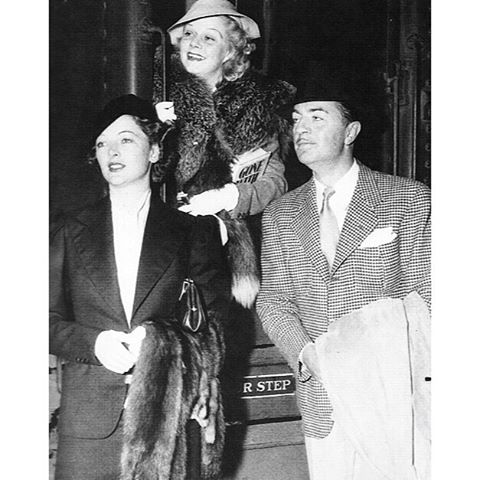
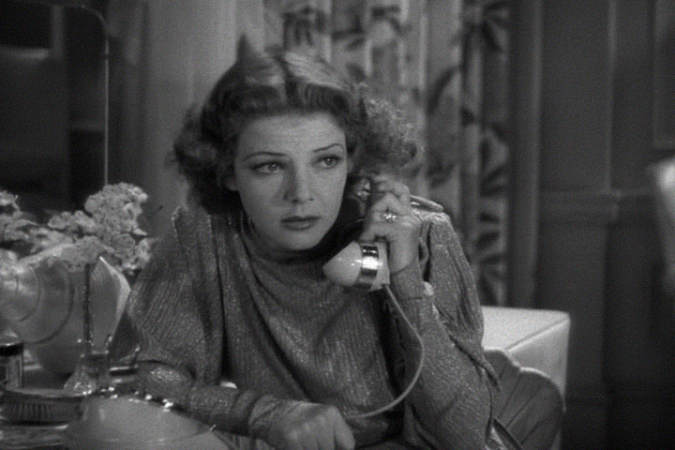
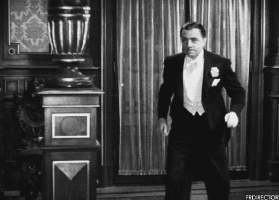
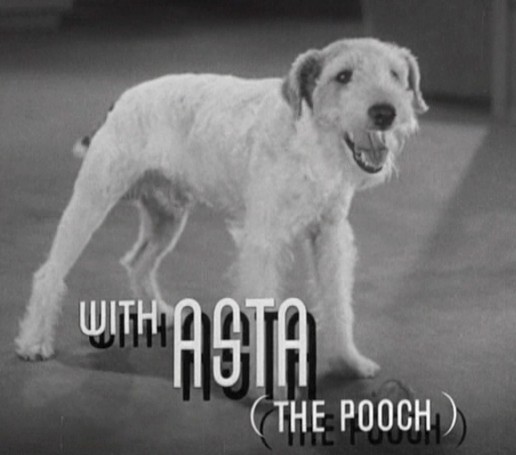
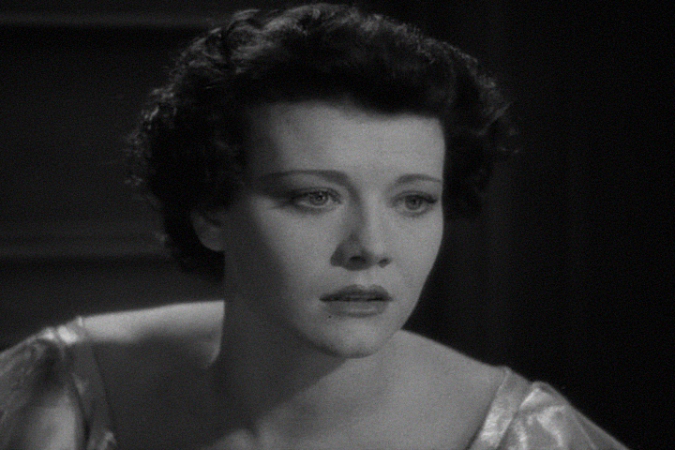
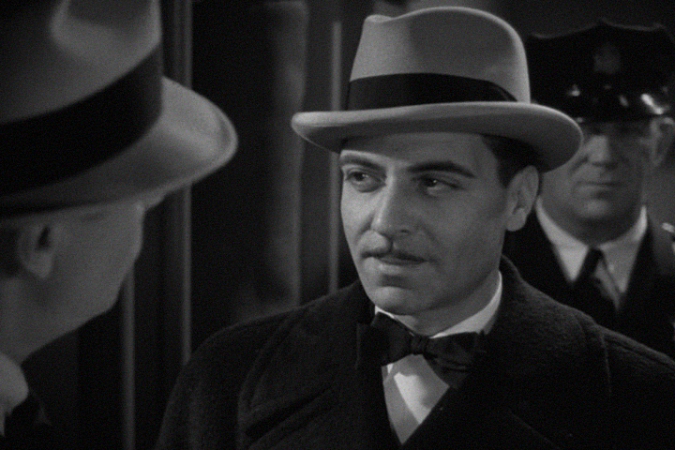
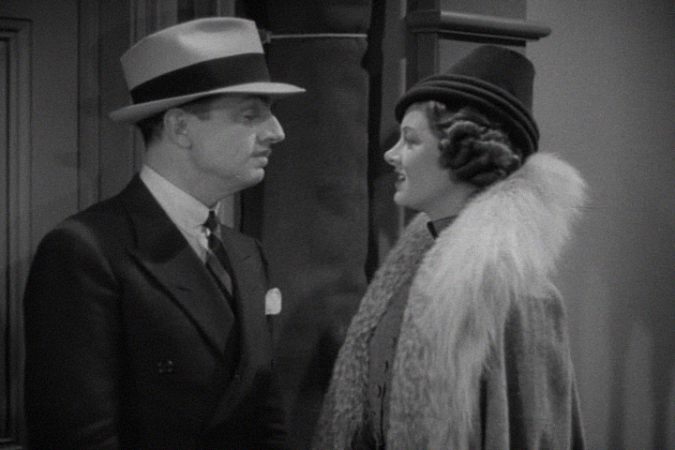
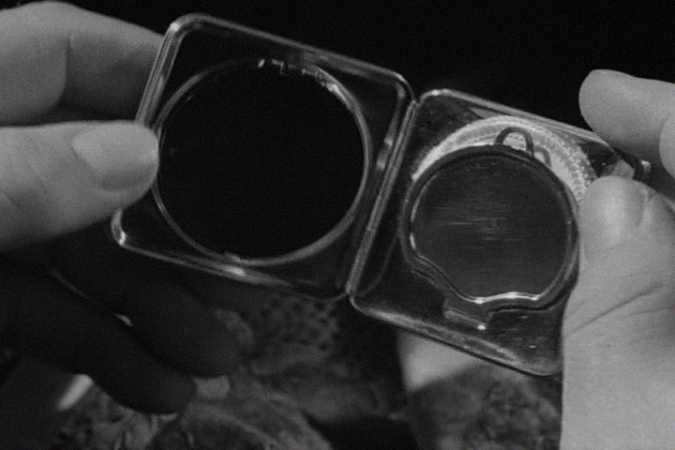
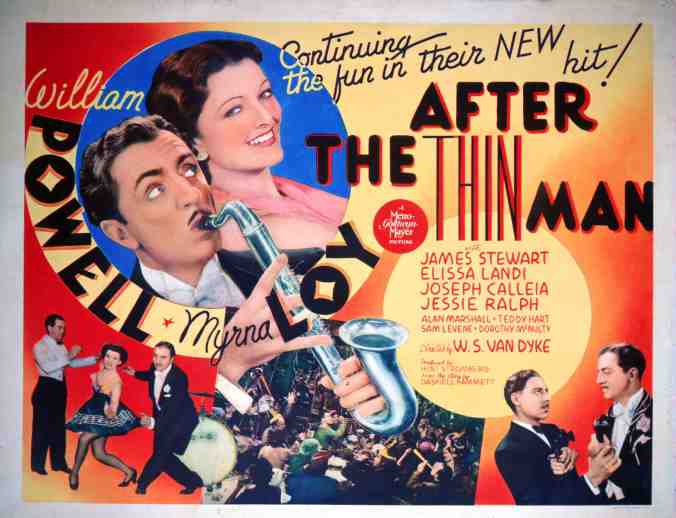












 He glances over at Nora and adds, “Two Bacardis.” Says Nora with a straight face to the waiter, “I’ll have the same.” The waiter brings four Bacardis. The mystery is complicated and, in my view, a little too much time is spend on it at the expense of time with the two of them. Still, the movie’s extended nightclub scene shows just how witty, light and affectionate Powell and Loy could be when they had enough time to work their characters together. They made 14 movies together over 20 years, including the six in the Thin Man series. Individually or together, Powell and Loy were class acts.
He glances over at Nora and adds, “Two Bacardis.” Says Nora with a straight face to the waiter, “I’ll have the same.” The waiter brings four Bacardis. The mystery is complicated and, in my view, a little too much time is spend on it at the expense of time with the two of them. Still, the movie’s extended nightclub scene shows just how witty, light and affectionate Powell and Loy could be when they had enough time to work their characters together. They made 14 movies together over 20 years, including the six in the Thin Man series. Individually or together, Powell and Loy were class acts.












